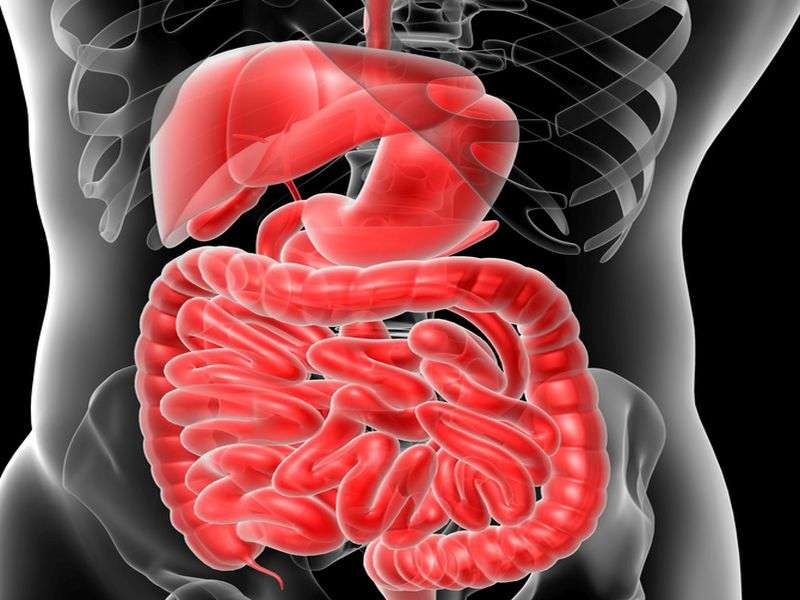(HealthDay)—Despite evidence for the benefits of carbon dioxide (CO2) insufflation for reducing post-colonoscopy pain, adoption of this innovation has been slow, according to an Ideas and Opinions piece published online May 10 in the Annals of Internal Medicine.
Noting that use of CO2 to distend the colon during endoscopy reduces patient pain, Michael Bretthauer, M.D., Ph.D., from Oslo University Hospital in Norway, and colleagues discuss the slow implementation of this effective, inexpensive, low-tech innovation.
The authors note that multiple randomized trials conducted during the past 15 years have shown that CO2 reduces post-colonoscopy abdominal pain. In meta-analysis, CO2 insufflation was estimated to reduce the relative risk of post-colonoscopy pain by 74, 64, and 47 percent after one, six, and at 24 hours, respectively. However, in a recent survey, only 47 percent of 580 European endoscopists had heard of CO2 insufflation and only 4 percent were using it. Barriers to implementation include the fact that CO2 insufflation is an add-on purchase, which is not widely promoted; its nonappearance in guidelines; and the fact that post-colonoscopy pain is not considered a significant problem.
"Our inability to improve services by using something with meaningful benefit to patients and low costs, such as CO2 insufflation in colonoscopy, is disturbing," the authors write. "We hope that the current era of patient engagement and shared decision making may at last motivate a change in endoscopy."
More information: Full Text (subscription or payment may be required)
Journal information: Annals of Internal Medicine
Copyright © 2016 HealthDay. All rights reserved.


















